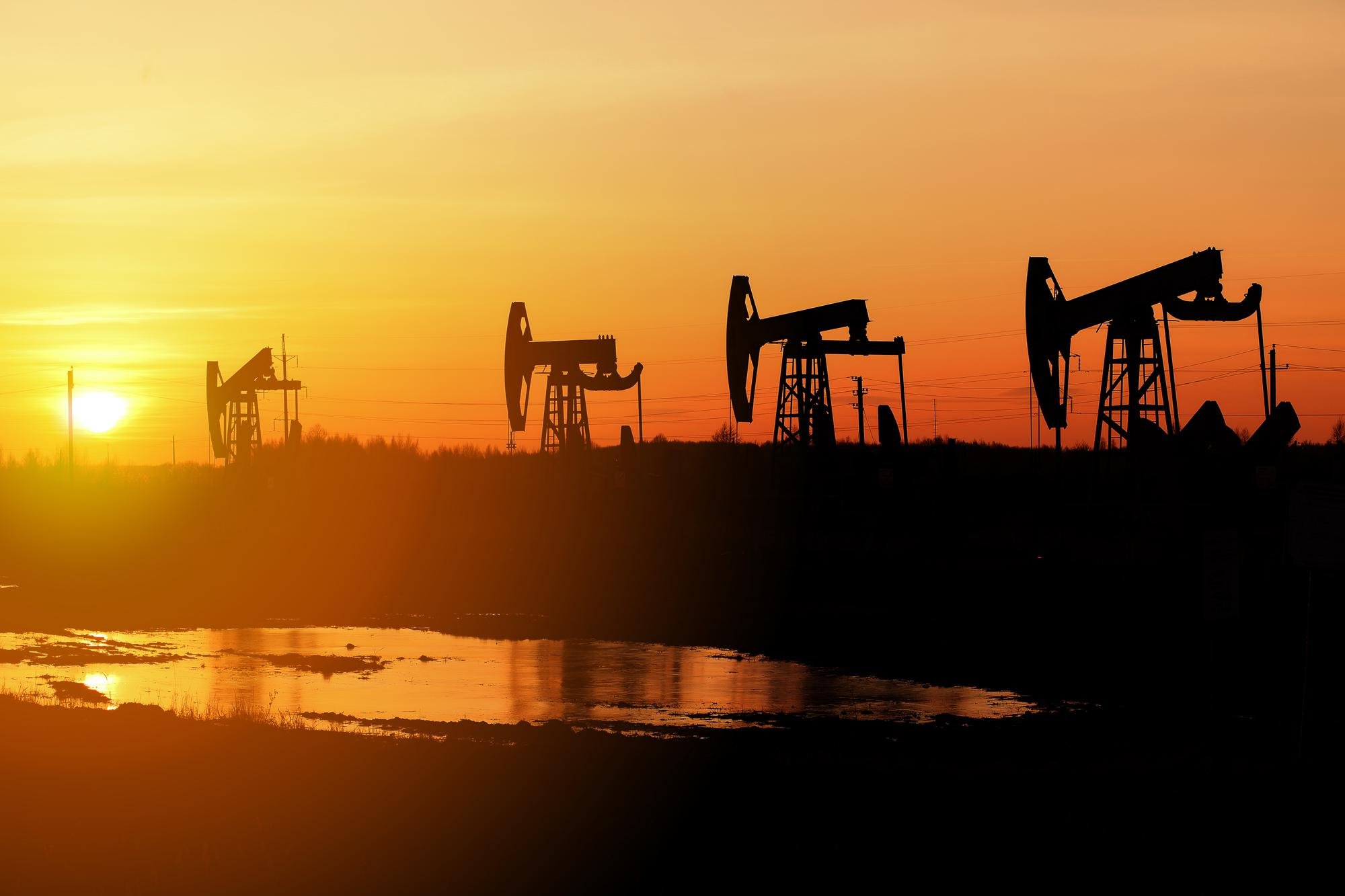As per the as the International Energy Agency (IEA), the U.S. Energy Information Administration (EIA), the global consumption of crude oil was approximately 100 million barrels per day.
The volume of 100 million barrels of oil can be calculated using the conversion factor that one barrel is approximately equal to 42 U.S. gallons. Therefore, 100 million barrels would be:
100,000,000 barrels×42 gallons/barrel100,000,000barrels×42gallons/barrel =4,200,000,000 gallons=4,200,000,000gallons
Now, to convert gallons to cubic feet, since there are approximately 7.481 gallons in a cubic foot:
4,200,000,000 gallons÷7.481 gallons/cubic foot4,200,000,000gallons÷7.481gallons/cubic foot ≈561,192,855 cubic feet≈561,192,855cubic feet
So, 100 million barrels of oil would be roughly equivalent to a volume of about 561 million cubic feet.
If you want to visualize this in a lake that is 6 feet deep, you would divide the volume by the depth:
561,192,855 cubic feet÷6 feet561,192,855cubic feet÷6feet ≈93,532,142.5 square feet≈93,532,142.5square feet
So, the oil would cover an area of approximately 93.5 million square feet in a lake that is 6 feet deep. The dimensions of a square box with an area of 93.5 million square feet would be approximately 9677.74 feet on each side. That is about 3km X 3km lake that is 6 feet deep. That is how much CO2 and other chemicals we inject into our environment every day. Yes you read it correct – it is every day and not every year.
The owners and shareholders of the Crude Oil industry still declare from top world forums that burning crude is causing no damage. Our apparent choice now is to embrace faith in god and trust in the possibility of a miraculous intervention.
Here are some rough estimates of what it releases in air based on average emissions factors.
- Carbon Dioxide (CO2):
- One barrel of crude oil produces approximately 317 kg (or 0.317 metric tons) of CO2 when burned.
- So, for 100 million barrels: 100,000,000 barrels×0.317 tons/barrel≈31.7 million tons of CO2100,000,000barrels×0.317tons/barrel≈31.7million tons of CO2.
- The primary greenhouse gas released during the combustion of fossil fuels. It contributes to the enhanced greenhouse effect and global warming.
- Sulfur Dioxide (SO2):
- Sulfur content in crude oil varies, but on average, it can be around 2.3 kg (or 0.0023 metric tons) of sulfur per barrel.
- For 100 million barrels: 100,000,000 barrels×0.0023 tons/barrel≈230,000 tons of SO2100,000,000barrels×0.0023tons/barrel≈230,000tons of SO2.
- SO2 can lead to acid rain and respiratory issues in humans.
- Nitrogen Oxides (NOx):
- NOx emissions can be around 0.4 kg (or 0.0004 metric tons) per barrel.
- For 100 million barrels: 100,000,000 barrels×0.0004 tons/barrel≈40,000 tons of NOx100,000,000barrels×0.0004tons/barrel≈40,000tons of NOx.
- NOx contributes to air pollution and can lead to smog formation and respiratory problems.
- Particulate Matter and Volatile Organic Compounds (VOCs):
- Tiny particles released during combustion, including soot and other fine particles. These can have adverse effects on respiratory health and contribute to air pollution.
- VOCs contribute to the formation of ground-level ozone and can have various health effects.
- Estimating these emissions precisely is challenging due to variations, but burning crude oil generally releases significant amounts of particulate matter and VOCs.
- Carbon Monoxide (CO):
- The emission of CO is around 0.2 kg (or 0.0002 metric tons) per barrel.
- For 100 million barrels: 100,000,000 barrels×0.0002 tons/barrel≈20,000 tons of CO100,000,000barrels×0.0002tons/barrel≈20,000tons of CO.
- CO is poisonous and can have harmful effects on the cardiovascular and respiratory systems.
- Trace Metals:
- Depending on the composition of the crude oil, burning may release trace metals such as mercury, lead, and nickel, which can have toxic effects on ecosystems and human health.








